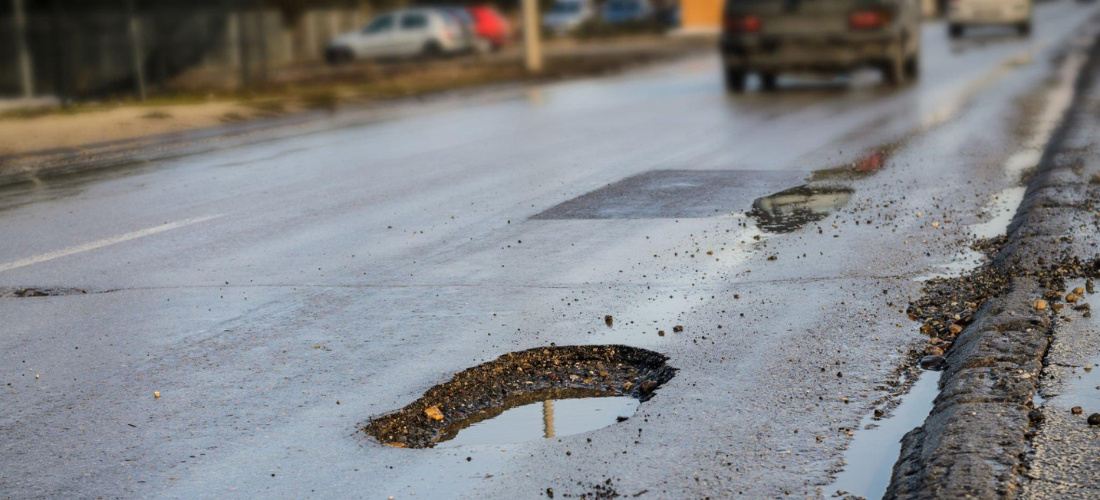Maintaining rural highways presents unique challenges for transportation departments. While urban areas may have a higher density of traffic and more frequent maintenance needs, rural highways are subject to harsh weather conditions and can be more difficult to access for repairs. As a result, transportation departments must be proactive in their approach to rural highway maintenance to ensure the safety and functionality of these roadways. In this article, we will explore some of the lesser-known maintenance challenges facing rural highways and discuss the benefits of microsurfacing as a potential solution.
Potholes: A Well-Known Challenge
Potholes are a well-known issue on roads of all types, but they can be particularly problematic on rural highways. Potholes form when water seeps into cracks in the road surface, freezes, and expands. When the ice melts, it leaves behind a gap in the pavement that can grow larger over time as vehicles drive over it. Potholes can damage vehicles, cause accidents, and create a hazard for pedestrians.
To combat potholes, transportation departments use a variety of maintenance techniques, including patching, crack sealing, and resurfacing. Patching involves filling in the pothole with asphalt or other materials, while crack sealing involves filling in cracks in the pavement to prevent water from seeping in. Resurfacing involves removing the top layer of the pavement and replacing it with new asphalt.
However, these techniques are not always enough to prevent potholes from forming in the first place. In some cases, transportation departments may need to take a more proactive approach to prevent damage to rural highways.
Microsurfacing: A Lesser-Known Solution
Microsurfacing is a lesser-known maintenance technique that can help prevent damage to rural highways. Microsurfacing involves applying a thin layer of asphalt emulsion to the surface of the road, followed by a layer of aggregate. The emulsion helps to seal the surface of the road and prevent water from seeping in, while the aggregate provides a new surface for vehicles to drive on.
Microsurfacing can be particularly effective in preventing damage to rural highways because it can be applied quickly and with minimal disruption to traffic. Unlike traditional resurfacing techniques, which require the road to be closed for an extended period of time, microsurfacing can be applied in just a few hours and can be driven on soon after.
In addition to its quick application time, microsurfacing also offers several other benefits for rural highway maintenance. For example, microsurfacing can extend the life of the pavement by up to seven years, reducing the need for frequent resurfacing and saving transportation departments money in the long run. Microsurfacing can also improve skid resistance and reduce noise levels, making rural highways safer and more pleasant to drive on.
Other Maintenance Challenges for Rural Highways
In addition to potholes, rural highways face several other maintenance challenges that can be difficult to address. One of the most significant of these challenges is erosion. Rural highways are often located in areas with steep slopes and heavy rainfall, which can cause soil to erode and wash away. This can lead to unstable roadbeds and even road failures.
To address erosion, transportation departments may need to take a variety of measures, including stabilizing slopes with vegetation, installing drainage systems to divert water away from the road, and reinforcing roadbeds with materials such as geotextiles or geogrids.

